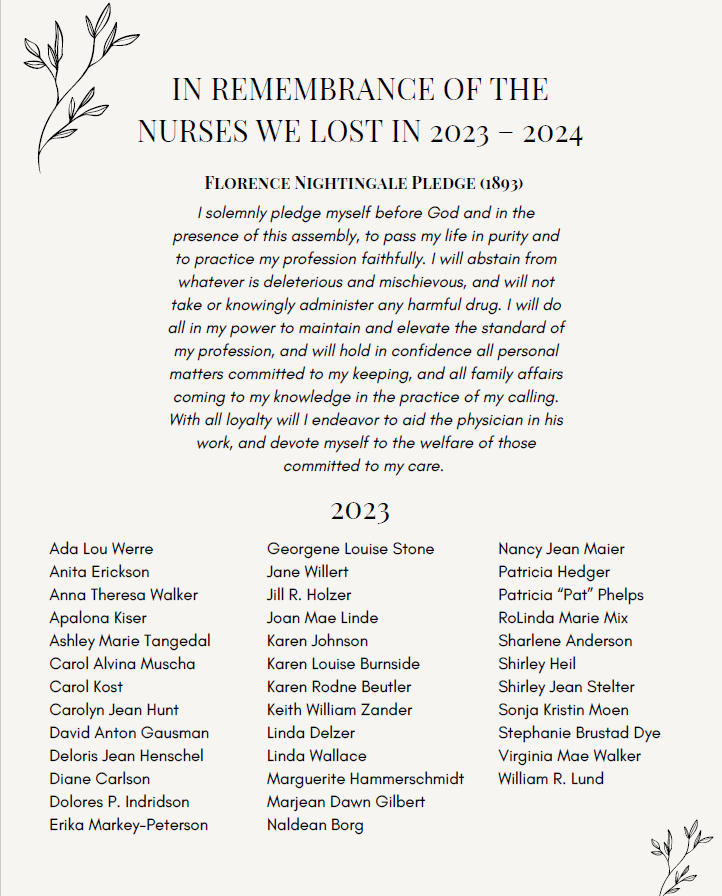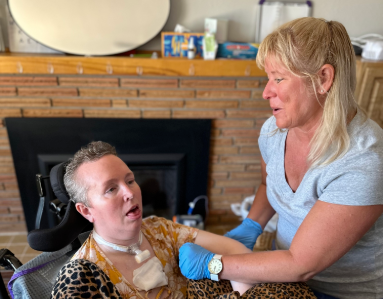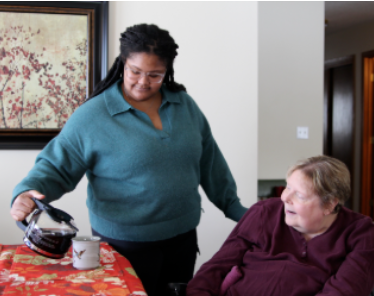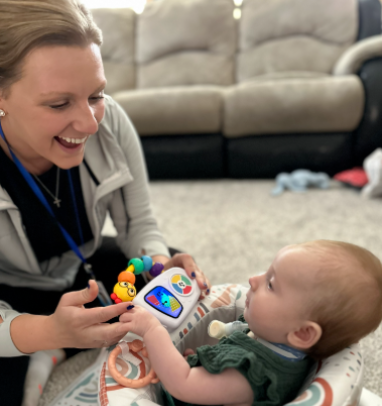Intravenous (IV) insertion is a fundamental aspect of patient care, particularly in critical settings where timely and effective administration of fluids and medications is essential. However, achieving successful IV access can be particularly challenging in populations with difficult intravenous access (DIVA) and among novice nurses, such as nursing students. This literature review explores key themes in IV therapy, focusing on the impact of proper education, nursing students' confidence, simulation-based learning, the introduction of ultrasound-guided IV insertion, and the evaluation of DIVA scoring systems.
Review of Literature
Resources used for this literature review were compiled from the search database Cumulative Index in Nursing and Allied Health Literature (CINAHL) to gather information based on our problem and supportive data. We used keywords including intravenous starts, nursing students, teaching, and simulation-based learning. All resources are peer-reviewed and have been published within the last five years, only published in English. Artificial Intelligence (AI) tools were used to assist in gathering relevant information and generating ideas for this literature review. All content generated was critically reviewed by the authors to ensure accuracy, coherence, and relevance to the research topic (Open AI, 2024).
Lack of Education and Experience
Through this literature review, it was determined that a lack of education on IV insertions can have significant implications for patient care and safety. In healthcare settings, particularly in critical care units, the ability to properly insert and maintain IV access devices is essential to avoid complications such as phlebitis and hematomas (Kanaley et al., 2023). Studies have highlighted that healthcare workers, including nurses, often do not receive sufficient training on proper IV insertion techniques. This deficiency can lead to an increased risk of infections, catheter dislodgment, and poor patient outcomes (Sharma et al., 2023). Intensive training programs that focus on best practices, such as site selection, catheter fixation, and aseptic technique, have been shown to improve outcomes significantly. For example, a quality improvement project demonstrated that following the implementation of such education, there was a marked improvement in the maintenance of peripheral and central venous catheters, reducing risks associated with improper care (Sharma et al., 2023).
The lack of clinical experience in IV insertions during nursing education can also contribute to the lack of education. Simulation-based learning, while effective in many aspects, may not fully prepare students for the realities of clinical settings; thus, clinical experience is needed. In addition, according to Onder and Sari (2021), a lack of proper knowledge, experience with IV insertions, and fear of complications and mistakes may result in anxiety and a lack of confidence among nursing students. Many students struggle with IV insertions due to limited hands-on clinical practice. Incorporating simulation techniques, such as hybrid simulations, which use both mannequins and training arms, has been found to improve student knowledge and confidence in IV therapy (Onder & Sari, 2021). However, without continuous reinforcement in real-life clinical situations, these skills may not be fully retained. Consequently, healthcare facilities must ensure that ongoing education and opportunities for practice are available to both new and experienced nurses (Uzelli Yilmaz & Sari, 2021).
Simulation-Based Training
Proper simulation-based training techniques for IV insertion involve a combination of both theoretical and hands-on practice to ensure nursing students develop the necessary psychomotor skills in a safe and controlled environment. Techniques such as hybrid simulations, utilizing both mannequins and training arms, provide students with a more realistic experience for IV insertions. The inclusion of moulage (the application of simulated wounds or complications) adds visual and tactile realism, allowing students to better identify potential complications and improve their clinical reasoning skills. This approach enhances the fidelity of the training, ensuring that students practice with proper technique for IV insertion and improve their clinical assessment skills. Studies have shown that students who participate in these hybrid simulations exhibit higher levels of self-confidence and satisfaction, as well as better performance in both simulated and clinical environments compared to those receiving traditional low-fidelity training (Onder & Sari, 2021; Uzelli Yilmaz & Sari, 2021). Furthermore, when pre-briefing and debriefing stages were used with simulation, it was found to benefit the development of IV insertion skills among students (Onder & Sari, 2021). Nevertheless, when simulation-based training is reinforced with hands-on clinical practice, it can increase IV insertion skills and confidence among nursing students.
Alternative Techniques to Aid in IV Insertions
The article by Godfrey and Gallipoli (2024) focuses on the introduction of longer-length peripheral intravenous catheters (LPIVC) under ultrasound guidance to address the challenges associated with difficult intravenous access (DIVA) in hospital patients. The difficult intravenous access (DIVA) score was developed as a predictive tool to identify patients likely to experience challenges during IV insertions. The DIVA scoring system evaluates several factors, including the patient's age, vein visibility, and vein palpability. A DIVA score of four or higher suggests a 50% increase in the likelihood of first-attempt failure (Kanaley et al., 2023). By using this score, nursing students can anticipate the need for additional resources, such as an experienced nurse, specialized vascular access teams, or ultrasound guidance, to improve the chances of successful first-time IV insertion (Kanaley et al., 2023). Furthermore, prolonged venous access, obesity, coagulation issues, and emergencies can lead to increased difficulty during IV insertions, which encourages the use of LPIVCs (Godfrey & Gallipoli, 2024). Among patients with a determined DIVA score of four or higher, LPIVCs can be implemented as a resource to IV insertion.
The first-stick success rate for peripheral intravenous (IV) catheter insertions using traditional vein palpation techniques is reported to be around 66.0% (Godfrey & Gallipoli, 2024). This is notably lower compared to the 95.0% first-stick success rate achieved with longer-length peripheral intravenous catheters (LPIVCs) under ultrasound guidance (Godfrey & Gallipoli, 2024). Ultrasound guidance is particularly useful in cases where traditional techniques may fail or where the patient's condition makes venous access more challenging. The LPIVC under ultrasound guidance led to fewer failed attempts, reducing patient distress and improving overall satisfaction. It also decreased nursing time and clinical waste, while being more economical. Knowing indications for an increased DIVA score plays a significant role in successful IV insertions by providing nursing students with the insight to make decisions on when an IV insertion is within their scope or if LPIVCs are indicated to achieve successful IV insertion.
Conclusion
The review of the literature underscores the critical importance of comprehensive education and training in IV insertion for nursing students. Adequate preparation through simulation-based learning, coupled with hands-on clinical experience, significantly enhances students' confidence and competence in IV insertions. Simulation techniques, particularly hybrid simulations with high fidelity, play a crucial role in bridging the gap between theoretical knowledge and practical application. Additionally, the introduction of advanced techniques such as ultrasound-guided IV insertion, and the use of the DIVA scoring system have proven to be valuable tools in managing challenging cases and improving patient outcomes. By integrating these educational strategies and technological advancements, healthcare institutions can better equip nursing students to perform IV insertions effectively; ultimately, leading to safer patient care and reduced procedural complications. Continued investigation into education and practice opportunities remains essential to ensure that future nursing students are proficient in this vital aspect of patient care.





























